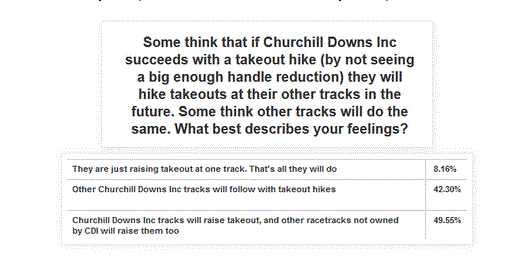This article by Craig Milkowski from TimeformUS appears in the Breeders' Cup edition of Horseplayer Monthly. To read the rest of the issue, FOR FREE, please click here.
Post
position is an important, but often misunderstood, piece of the handicapping
puzzle. The following analysis is based
on the last four years of racing at Santa Anita. Sadly, there isn’t enough data for races at
nine furlongs or greater to draw any meaningful conclusions, but that still
leaves nine of the 13 races worthy of analysis.
The Santa Anita dirt surface was changed prior to the fall meet, but
since post position trends are impacted much more by track layout than the
surface itself, the older data is relevant.
The analysis below is based not on win
percentage at “general” distances like sprint or route, but on specific
distances using Impact Values and Return on Investment (ROI). The former incorporates differing field sizes
into the equation, while the latter adds quality of the horses drawn in each
post. Post position stats should not be
final decision makers, but they should be used as a means of upgrading and
downgrading horses viewed as contenders.
Dirt, Six Furlongs (Sprint)
This distance favors horses drawn in the
middle of the gate. The inside four post
positions all perform below average.
Posts five through 10 are well above average as a group with some minor
fluctuations between those posts. Posts
11 and wider are well below average.
Dirt, Seven Furlongs (Filly and Mare
Sprint)
The inside posts (one through five) perform
well below expectations as a group. All
others as a group are excellent draws, the farther out the better.
Dirt, Eight Furlongs (Dirt Mile)
Surprisingly, there are no real trends
here. The inside wins more than
expected, but also tends to be bet to do so, thus ROI statistics even things
out. There is very little data outside
of post 10, however. Tread lightly with
horses drawn in posts 11-14.
Dirt, Eight and a Half Furlongs
(Juvenile, Juvenile Fillies)
The rail has been a poor draw at this
distance, but posts two through six are strong, seven through nine are average,
and outside of that is poor with light data.
Turf, About Six and a Half Furlongs
(Turf Sprint)
Posts one through five all perform below
average. Posts six through 12 are very
strong, probably the biggest post edge at Santa Anita overall. Posts 13 and 14 have not had enough runners
for any real conclusions, but the trend would indicate those stalls won’t be at
a disadvantage, at the
least.
Turf, One Mile (Mile, Juvenile Turf,
Juvenile Fillies Turf)
The inside six post positions hold a strong
edge at this distance. The rest are
poor, though again, little data exists for the outside two post positions, 13
and 14. It is hard to imagine they would
not follow the trend and be poor.






